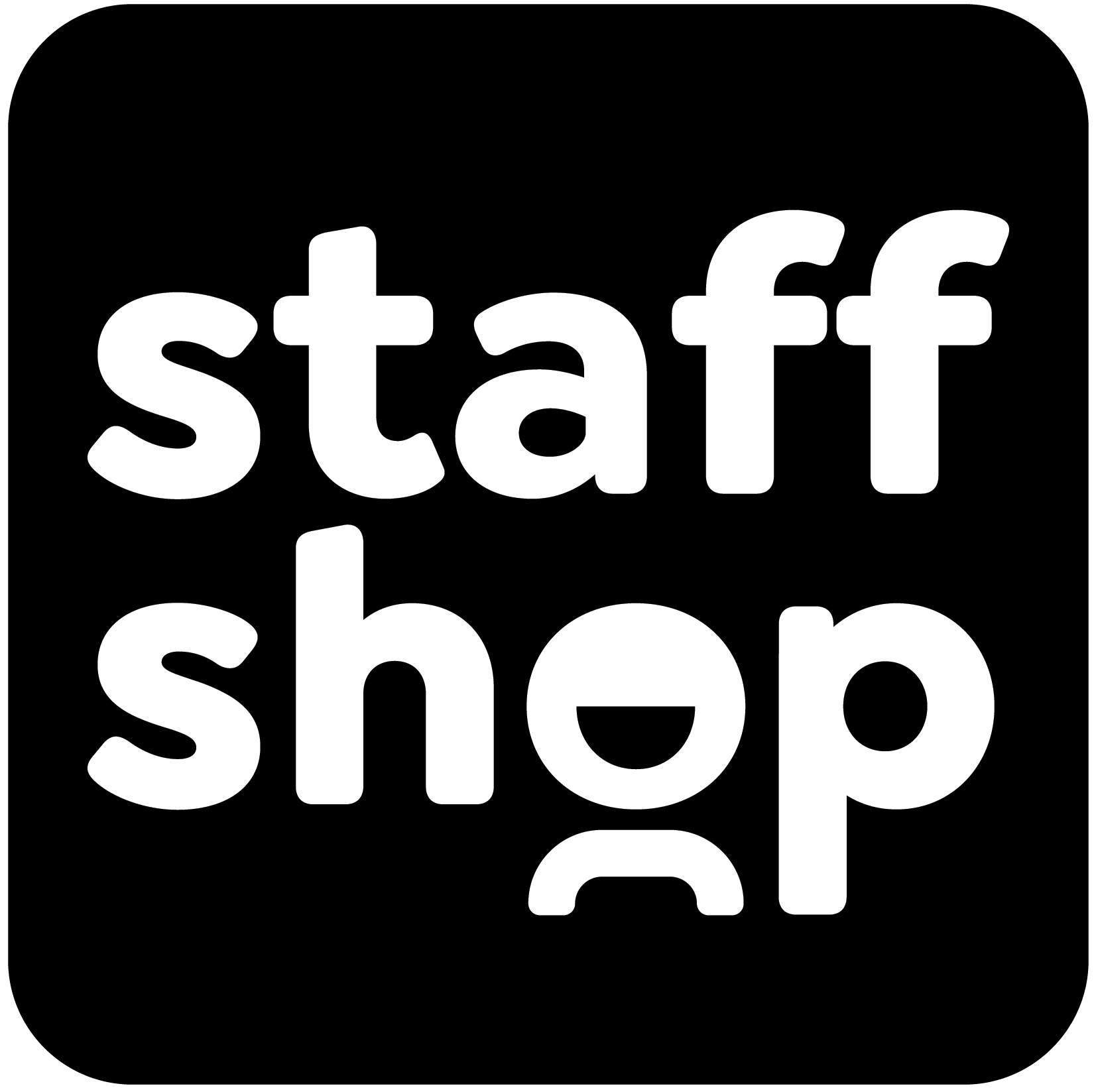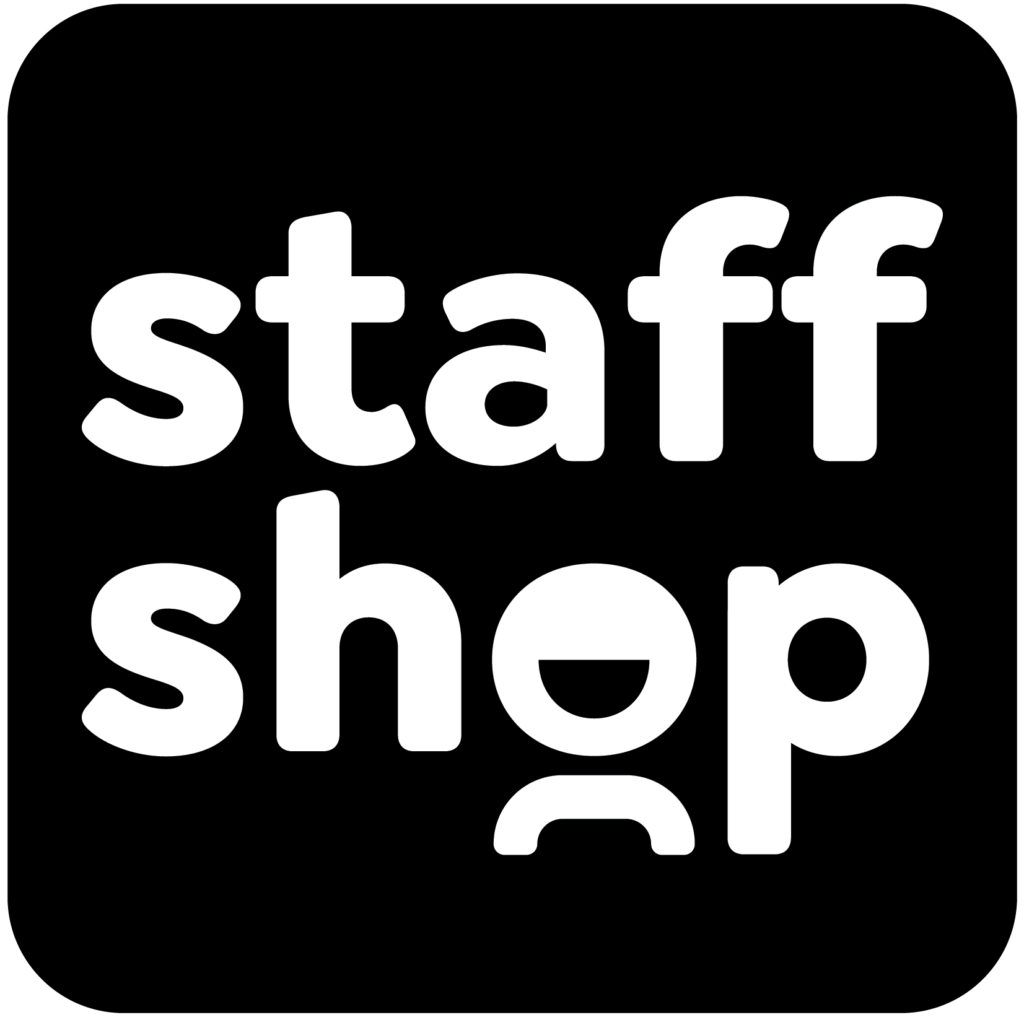“Burnout is what happens when you avoid being a human for too long.” – Michael Gungor
While everyone experiences workplace stress now and again, burnout happens when those stresses are compounded with no relief in sight. It’s not always work-related. Look at where we are now – still in the midst of a pandemic. In fact, people are more burned out than ever. In a late 2020 study done by the Canadian Institute for Safety, Wellness and Performance at Conestoga College, results showed that 80% of respondents said they felt worn out by the end of the day. And 70% said they felt tense or irritated at work. Working in the middle of a global crisis can be hard, and so can being off work due to the pandemic. While burnout usually refers to workplace stress, these issues certainly spill over into our personal lives.
So, let’s dive in and look at what burnout is, how to identify it and how to treat it.
Signs
The World Health Organization (WHO) defines burnout as “a syndrome conceptualized as resulting from chronic workplace stress that has not been successfully managed.” WHO characterizes burnout using three points:
- Feeling low energy or exhausted
- Having negative or cynical feelings about one’s job or life
- Overall, working less efficiently
While these are signs of burnout, you can also experience more physical symptoms – the kind that can keep you off track at home or at work, thus adding to your stress and worry.
Symptoms
While we have already covered exhaustion as a sign of burnout, there are other physical and mental symptoms you can experience when you’ve hit the wall.
- While depression is not always brought on by work, you certainly can start feeling depressed when you’re burned out. A negative outlook and feeling listless combined with a persistent low mood are red flags. Depression is sure to affect your life outside of work or vice versa.
- Another symptom of burnout is sleepless nights. Sleep plays such an important role in our overall health and should not be ignored. A lack of sleep can become torture and cause a whole host of other problems unrelated to burnout.
- Headaches are often cited as physical symptoms of burnout. You can also have frequent stomach aches and nausea.
Treatment
Many people self-medicate using alcohol, cigarettes, drugs and food to ease the pain of workplace burnout, but these vices only lead to more problems.
3 ways to successfully treat burnout:
- One of the most important ways to treat career burnout, according to the Centre for Addiction and Mental Health (CAMH), is talking to others. Many sufferers tend to withdraw, but reaching out and talking about it is such an important step to healing. While it may be hard during COVID, with many people working remotely, you should definitely make time to chat with co-workers about meaningful subjects. These “watercooler moments,” as CAMH calls them, can really change your outlook.
- Not only should you reach out to others – friends, family and colleagues – you should specifically reach out to your superiors. Your boss or manager should be a great leader who can help you reorganize your workload to ease the pressures. Keeping this from them isn’t helping anyone.
- Another important way to become more engaged at work is to connect with something you still care about. What do you like about your job? Focus on the things that you like to help change your perception. If you are doing what you love daily, burnout is nearly impossible.
Staff Shop Recommendations
The way Staff Shop operates is quite different from traditional organizations. Our way of working inherently prevents some of the reported signs and symptoms of burnout.
Here’s what Staff Shop has learned:
- Practice Work Life Integration – not Separation. At Staff Shop, we do what we do because we love it and our work is a valuable part of our lives. We do not split up our lives into a “work” or a “personal” category. They are one and the same – what we do is who we are. We are not slaves to fixed office hours. Our to-do lists for the day include personal, family and professional goals and tasks. If you are desperate to “log off” at the end of the day to return to your “real life,” you are not in the right role. It’s important to ensure you are working in a role that speaks to your core values!
- Don’t cut out the essentials that give you energy. Carve out time for the things you value and need like 3 healthy meals a day, or a 20 minute walk to clear your head and get some fresh air. You don’t have to work less to fit these things in, just work smart.
- Reconfigure your workday. You don’t have to be sitting at a desk from 9 to 5 to be productive. There are other ways of working that still provide value to your company. Stop watching the clock and just be there when your team needs you, be there when your family needs you, and integrate your personal and professional needs to structure a wholly productive day.
- Lastly, do what you’re best at and what you were meant to be doing. You might be experiencing workplace burnout because you’re simply not in the right role for you. Staff Shop encourages you to take the Core Values Index (CVI™) – a tool to help you identify what you truly value in life which helps us match up candidates to roles that naturally feed their core value energies.
What are your tips for avoiding burnout? Share them in the comments.
Interested in taking the CVI™? In less than 10 minutes, you can reveal who you really are and what you were meant for.
“Tough times never last. Tough people do.” – Robert Schuller

